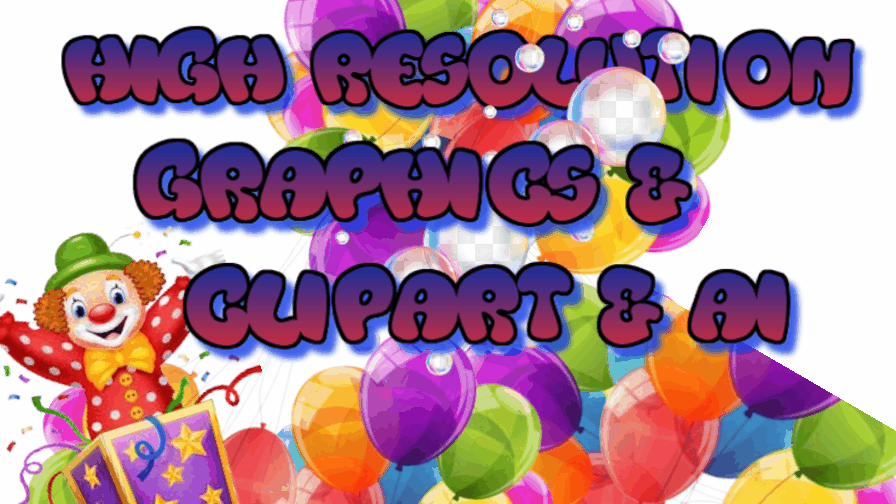▼
How ai image generators work
Ever wondered how AI image creators work? Sit tight because you're about to embark on an encapsulating journey of discovery. We'll delve into the world of artificial intelligence and explore how it powers prolific image generators. It's fascinating how AI can craft images that look so real!
But before we venture into this world, let's lay some groundwork. First off, what is an AI Image Creator?
Have you got a hang of it now? Awesome. Now, let's break down how AI image creators attain such a stunning level of realism. Here, we're going to look into a couple of vital elements:
Training Datasets
Neural Networks
Generative Adversarial Networks (GANs)
Optimization Algorithms
This is just the tip of the iceberg. The complexity and ingenuity of AI image creators is manifold. So, are you ready to dive in deeper?
An AI Image Creator, sometimes known as an AI painter or generator, is a computer program or software that generates images, artworks, or visual renderings by learning from a vast array of image data. It applies artificial intelligence concepts like machine learning and neural networks to replicate or even enhance intricate design aspects.
The magic behind the stunning visuals of AI image creators starts with training datasets. Each image, illustration, or art form that these AI tools generate, needs a base. Guess where it comes from? A plethora of images sourced from various sources that form a solid training dataset. These datasets serve as the foundation on which the AI learns to replicate and generate new images. It's akin to an artist studying numerous artworks before creating a masterpiece.
Next up is the role of neural networks. In the simplest terms, neural networks are a set of algorithms that are designed to recognize patterns. These algorithms attempt to simulate the way a human brain works, and in the case of image creation, they observe, learn, and replicate patterns found in the input images from the dataset. Pretty neat, right?
Now, let's introduce a game changer: the Generative Adversarial Networks (GANs). GANs are composed of two main parts: a Generator and a Discriminator. The Generator's job is to create images that look real, while the Discriminator's task is to distinguish between real images and the ones created by the Generator. The continuous duel between the Generator and Discriminator enhances the quality and realism of the generated images over time, much like an apprentice learning under a strict master.
Finally, we have the Optimization Algorithms. These serve as the refining tools, adjusting the weight of the neural networks to minimize the errors and fine-tuning the final image output for optimal quality and realism. Optimization makes sure the AI image creator continues making better and more accurate images each time, round after round. The aim is to inch closer to perfection with each generation – similar to how a sculptor would chisel away the excess, optimizing the form bit by bit.
And there you have it, the main elements behind the mystique of AI image creators! Building on massive datasets, leveraging neural networks, duelling with GANs, and incessantly optimizing, it's a wonder how these AI image creators function. It's an evolving process that marries technology with creativity, pushing the boundaries of what's possible in digital imaging.
Imagine you are painting a picture. You would observe your surroundings, memorize patterns like the way a leaf's edge curves or how light casts shadows, and then you'd mix and match these patterns to produce an image of your own. This is precisely what neural networks do, sans a physical paint brush.

No comments:
Post a Comment